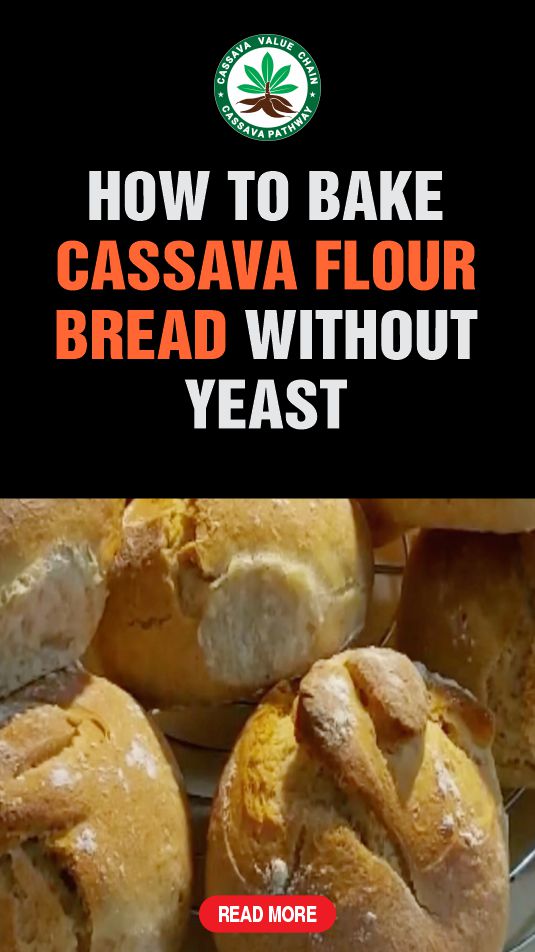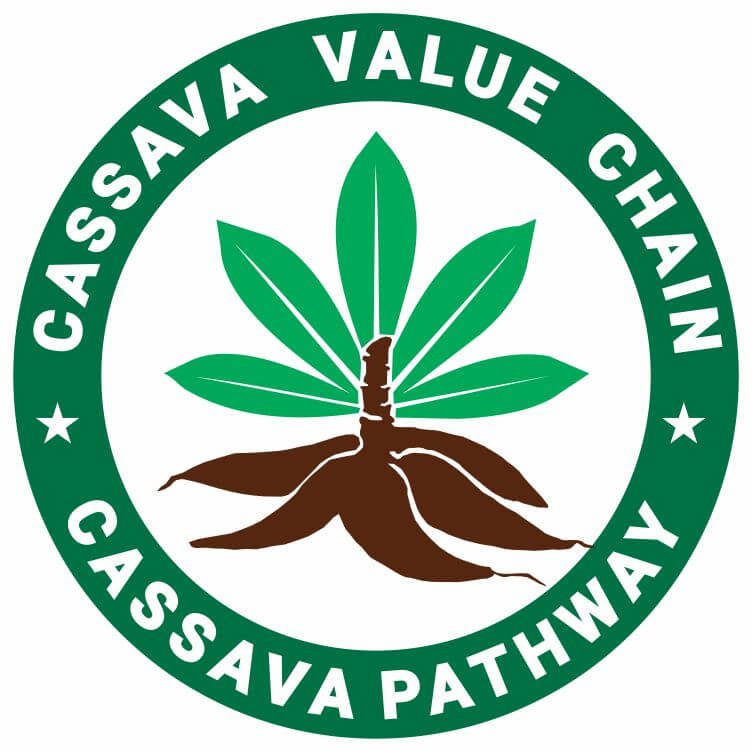Bake delicious cassava flour bread without yeast in no time. This easy, gluten-free recipe delivers great texture and flavor, with no rising needed! Perfect for quick, homemade bread lovers.
Baking your cassava flour bread with yeast doesn’t mean sacrificing good bread. If you want a quick, gluten-free loaf with a satisfying texture, cassava flour bread without yeast is a great choice.
It’s perfect for those avoiding yeast due to dietary reasons or simply looking for a faster way to bake.
Without the need for fermentation, you can have a fresh, homemade loaf ready in under an hour.
Cassava flour, made from the root of the yuca plant, gives this bread a naturally mild flavor and a slightly dense but tender bite.
Whether you’re pairing it with spreads, soups, or enjoying it on its own, this bread delivers both taste and convenience.
Get ready to bake a simple, delicious loaf that fits your lifestyle. Let’s dive in!
Note: There is a video at the end of the post.
Related: Recipe for Vegan Cassava Flour Bread

Table of Contents
- What is Cassava Flour Bread without Yeast?
- Why Bake Cassava Flour Bread Without Yeast?
- Ingredients and Their Roles
- Step-by-Step Instructions for Making Cassava Flour Bread without Yeast
- Frequently Asked Questions
- Conclusion
What is Cassava Flour Bread without Yeast?
Cassava flour bread without yeast is a gluten-free, grain-free bread made with cassava flour and a leavening agent like baking powder or baking soda instead of yeast. Without fermentation, it bakes quickly and has a denser texture compared to traditional bread.
The cassava flour provides a mild, slightly nutty flavor, while ingredients like eggs, oil, or dairy-free alternatives help bind and soften the loaf.
This bread is ideal for those with dietary restrictions or anyone looking for a simple, homemade option that doesn’t require rising time.
It can be enjoyed fresh or toasted, paired with sweet or savory spreads, or used as a base for various meals.
Related: How to Make Cassava Flour Bread without Eggs
Why Bake Cassava Flour Bread Without Yeast?
Baking cassava flour bread without yeast is a great option for those looking for a quick, no-rise bread that’s gluten-free and easy to prepare.
Without yeast, the bread bakes faster, saving you time in the kitchen.
The texture is denser but still soft, making it perfect for those who prefer a hearty loaf. Since cassava flour is naturally gluten-free, it’s a great alternative for people with gluten sensitivities or celiac disease.
Who Benefits?
- People with yeast sensitivities: If you experience bloating or digestive issues from yeast, this bread is a great alternative.
- Gluten-free eaters: Cassava flour contains no gluten, making it safe for those with celiac disease or gluten intolerance.
- Busy individuals: No rising time means you can bake and enjoy fresh bread in less time.
- Anyone on a grain-free diet: Since cassava flour comes from a root vegetable, it’s a good fit for paleo and grain-free lifestyles.
- Home bakers experimenting with new ingredients: Cassava flour offers a unique flavor and texture, allowing for creativity in the kitchen.
Related: Recipe for Cassava Flour Bread Rolls
How Does It Differ from Yeast Bread?
- The texture is denser and firmer instead of light and airy.
- It holds flavors well, so you can mix in herbs and spices without affecting the rise.
- Faster prep time makes it easier to experiment with different variations.
Baking cassava flour bread without yeast gives you a practical, gluten-free option with room for creativity. Try it and see how it fits into your meals.
Related: Cassava Flour Bread Recipe
Ingredients and Their Roles
Every ingredient in cassava flour bread has a purpose. Understanding what each one does helps you get the best texture and flavor.
Cassava Flour: The Base
Cassava flour gives the bread structure. Made from the cassava root, it’s naturally gluten-free and has a mild flavor.
Its high starch content helps create a soft texture, making it a good substitute for wheat flour.
Leavening Agents: Baking Powder vs. Baking Soda
- Baking powder contains both an acid and a base, so it reacts with moisture and heat to produce carbon dioxide, helping the bread rise.
- Baking soda needs an acidic ingredient like vinegar or lemon juice to activate. The right balance of leavening affects how light or dense the bread turns out.
Moisture: Keeping the Bread Soft
- Milk, yogurt, or water prevent the bread from drying out.
- Plant-based milk alternatives work well if you’re avoiding dairy.
Binders: Holding Everything Together
- Eggs add structure, but if you’re avoiding them, you can use flaxseed meal or chia seeds mixed with water to create a gel-like binder.
- Oils like olive oil or coconut oil keep the bread soft and add flavor.
Flavor Boosters
Herbs, spices, or sweeteners make the bread more enjoyable. You can add garlic powder, cinnamon, honey, or any ingredient that suits your taste.
By using the right combination of ingredients, you can create a cassava flour bread that is flavorful, well-textured, and easy to make.
Related: Cassava Flour Bread in the Presence of Yeast
Step-by-Step Instructions for Making Cassava Flour Bread without Yeast
Making cassava flour bread without yeast is simple. Follow these steps to get a gluten-free loaf with great texture and flavor.
Preheat and Prepare
Set your oven to 350°F (175°C) so it’s ready when your dough is. Gather your ingredients: cassava flour, salt, water, and oil. If you want extra flavor, add herbs or spices.
Mix the Dry and Wet Ingredients
- In a large bowl, stir cassava flour and salt until combined.
- Slowly add water and oil, mixing as you go. The dough should be soft but not sticky. If it’s too dry, add a little more water. If it’s too wet, sprinkle in more flour.
Knead and Shape the Dough
- Transfer the dough to a clean surface and knead gently. This helps it hold together.
- If it cracks or feels dry, add a spoonful of water at a time.
- Shape it into a loaf or round form, depending on your preference.
Prepare the Baking Pan
- Line a baking pan with parchment paper or lightly grease it.
- Place the dough in the pan and smooth the top with your hand or a spatula.
- Score the top if you want a decorative touch or better cooking.
Bake and Cool
- Put the pan in the oven and bake for 30 to 40 minutes.
- The bread is done when the crust is firm and golden brown.
- Let it cool before slicing to keep the texture intact.
Enjoy your homemade cassava flour bread with your favorite spreads or toppings.
Frequently Asked Questions
How does cassava flour bread rise without yeast?
Cassava flour bread relies on baking powder or baking soda with an acid, like lemon juice, to create air pockets for slight lift.
What is the texture of cassava flour bread without yeast?
It is slightly dense yet tender. Without yeast, it won’t be airy but remains soft and holds flavors well.
How do I prevent my cassava flour bread from being too dry?
Use enough liquid ingredients like water, milk, or yogurt. Adding oil or butter also helps maintain moisture and softness.
How do I store cassava flour bread without yeast?
Store in an airtight container at room temperature for two days or refrigerate for up to a week for freshness.
Conclusion
Cassava flour bread without yeast is a quick, gluten-free option that delivers great texture and flavor without the need for rising.
It’s perfect for those avoiding yeast, offering a dense yet tender bite that pairs well with sweet or savory toppings.
With simple ingredients and a hassle-free process, you can have fresh homemade bread ready in no time.
Plus, it’s easy to store and customize with herbs, spices, or natural sweeteners.
Whether you’re making it for dietary reasons or convenience, this bread is a fantastic addition to any kitchen. Try it today and enjoy a delicious, yeast-free loaf!

Chimeremeze Emeh is a writer and researcher passionate about Africa’s most transformative root crop—cassava. Through his work at cassavavaluechain.com, he explores the entire cassava industry, from cultivation and processing to its diverse applications in food, health, and industrial use.
He also writes for palmoilpalm.com, where he shares his extensive experience and deep-rooted knowledge of palm oil, covering red palm oil, palm kernel oil, and refined products. His work there reflects his lifelong connection to agriculture and his commitment to promoting sustainable value chains in Africa.
Driven by curiosity and purpose, Chimeremeze aims to shed light on how cassava continues to empower communities, strengthen food systems, and link traditional farming wisdom with modern innovation.

